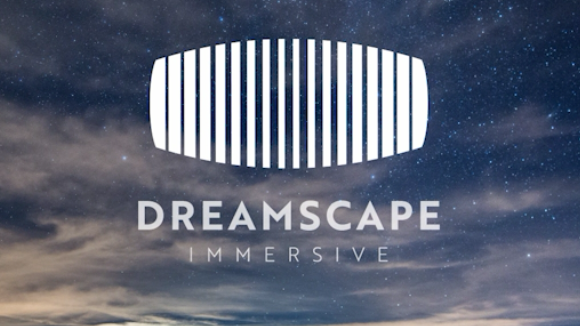I just discovered today there is a new player in town, Dreamscape Immersive. Dreamscape is a new Los Angeles-based startup for location-based virtual reality planning to open their first VR Multiplex in Los Angeles this coming September. The facility will use untehered VR headsets to allow consumers to move freely through a space and interact with real and virtual objects as well as with each other. This is very similar to the iMyth experience.
Dreamscape has an impressive list of investors and supporters. Co-chairman Kevin Wall is an Emmy award winning producer. The company’s CEO is Bruce Vaughn, who until last year was Chief Creative Executive at Walt Disney Imagineering. Imagineering has been hinting at this new medium for the last ten years. Maybe Vaughn’s exodus signals Disney’s apathy or unwillingness to participate in this new field. Dreamscape has raised $11 million in funding in a round led by Bold Capital, with contributions from Warner Bros. 21st Century Fox, Metro-Goldwyn-Mayer (MGM), IMAX Corporation, Westfield Corporation, and Steven Spielberg. Advisors include star designer Yves Behar and legendary film music composer Hans Zimmer.
Just as iMyth has its sights on shopping malls, the first location for a Dreamscape Multiplex will be the Westfield’s Century City Mall, which is undergoing remodeling and expansion. iMyth will need to establish its empire in central Florida.
Dreamscape has said that its multiplex will be powered by technology from Swiss tech and arts foundation Artanim. These folks have probably been doing immersive experiences longer than anyone else. I first learned about them before Siggraph 2015. Artanim co-founders CaeciliaCharbonnier and Sylvain Chagué will serve as co-CTOs of the company. Artanim had been a non-profit foundation in Switzerland. it will be interesting discovering their ambitions over the next few months.
One interesting thing to note is that they will be using the Vicon tracking system mixed with the OCculus Rift. A basic installation of the Vican cameras probably starts around $160K. This is a hefty price to pay. However, the Vicon system can track multiple objects at the same time including multiple participants and props without additional cost. At this moment in time that inital tracking cost is a bit expensive. iMyth will probably stick with the Steam VR tracking system in the near future.


